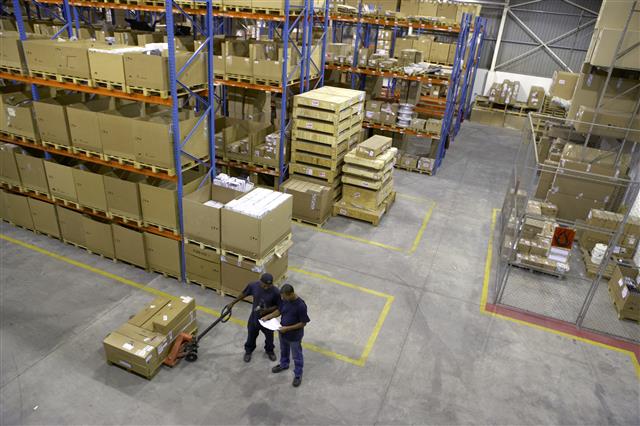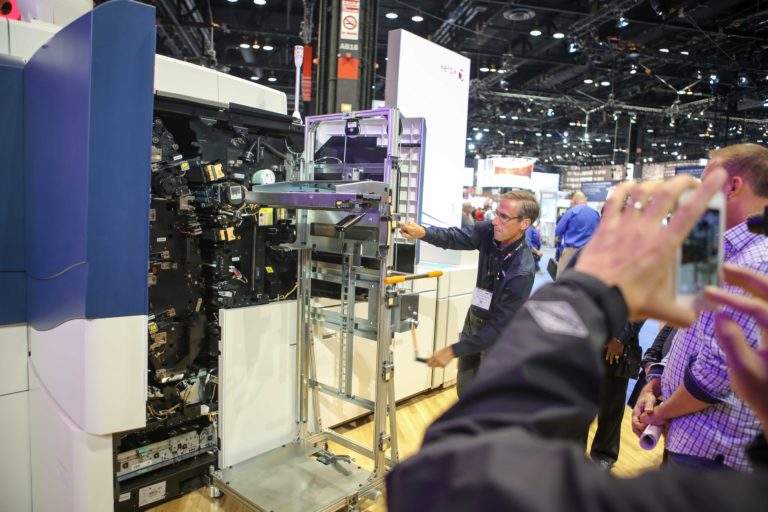Written by Howie Fenton
Senior Technology Consultant, NAPL

In the last few months, many stories have appeared online and in trade publications about the advantages of inkjet production presses over existing toner (electrophotographic) based devices. Most of these are oversimplified, because there are complicated pros and cons for each option. After doing several projects comparing toner and inkjet production printing, here are some of our lessons learned.
It all begins with the business case.
This obviously varies from company to company. For some transactional in-plant printers, the business case focuses on the printing speed, ability to improve service-level agreements (SLAs), and possible benefits associated with printing coupons on statements. Others look at the savings with the elimination of costs associated with buying and storing preprinted offset shells. And last, but not least, some focus on the total cost of operations and calculate crossover points for toner and inkjet workflows.
Today the three niches adopting inkjet include books, direct mail, and transactional in-plant printers. Many of the companies in these markets have a fleet of a dozen or more toner-based machines. One advantage of the inkjet devices is that you can often see reductions in equipment of two to four toner devices to one inkjet device. For those companies, the benefits include small floor space and staffing requirements.
However, a possible challenge when reducing equipment is a lack of redundancy. When you have two or three toner devices, and one goes down, you have a backup. When you replace those two or three devices with one inkjet press, you naturally rely more heavily on that one device or production line.
Inkjet vs. Toner Costs

Arguably the greatest potential benefit and analysis challenge in a head-to-head comparison involves costs. A high quality toner device today could be cost $500K, while an inkjet production press is two or three times that price. It’s important to note that the total costs of an inkjet workflow may also include new finishing options, which significantly increase the cost of investment.
Utilization rates also play an important role, but while the uptime of the inkjet press alone is higher than toner, it may be lower when coupled with many in-line finishing solutions. If you have enough volume, the price per page from the inkjet will often be half the cost of the toner, but if you don’t, then toner is less expensive.
If you’re a transactional printer you might already be using an offset shell strategy where color pages are purchased, stored, and then imaged on a high-speed black-and-white toner device for the personal information. For some companies, the elimination of the offset shell strategy can result in a significant savings which includes not only the purchase price of the shells, but also the storage and time loss associated with staging and transporting the materials.
Clearly this is a complicated question. We believe that you have to look at existing page volumes, predictive modeling of changes in volume based on reduced SLAs and costs, and a head-to-head comparisons of total costs, risks and benefits of each solution. In the next five years, many companies will consider replacing their existing toner fleet with inkjet. If you’re one of those companies, it’s important to take a deep dive into this analysis.
—
Howie Fenton is a consultant with NAPL. For over 20 years he has worked with commercial printers and in-plants on production workflows, new technology, customer research, benchmarking performance and increasing productivity. For more information click here.



